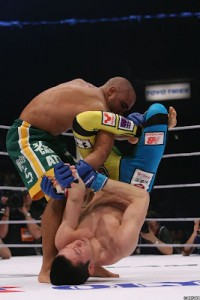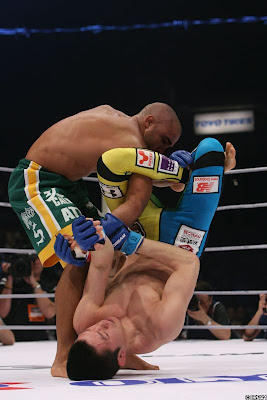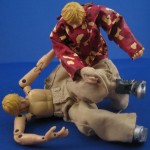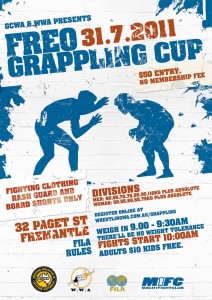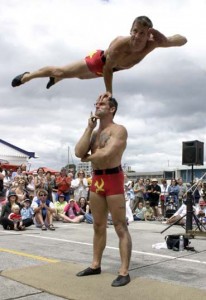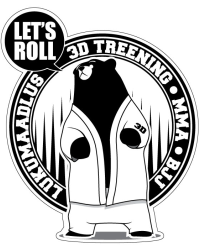
Ron, an instructor from 3D Treening Estonia, was the first to show me the importance of having a good training partner.
You can’t learn BJJ by yourself, you need training partners. The better your training partners, the faster you will improve. The fastest way to improve is to have a club full of good training partners. So, how do you become a good training partner?
If you look at any BJJ instructional (or most BJJ classes) you will find that all the instruction is for the student learning the move. No guidance is given for their training partner who, in absence of instruction, usually becomes 100% compliant. This type of training teaches a student how to perform a move on a compliant opponent. But during a roll their opponent is fully resisting, not compliant. A student will have obvious difficulty performing the move when rolling as there is no bridge between compliance and full resistance.
SBGi’s I-method focuses on bridging the gap between full compliance and full resistance. The rest of this post assumes you are using isolation training.
Everyone agrees that good training partners are important. But what is a good training partner? Most of the writing I could find is obvious and trite e.g. “A good training partner is trustworthy and won’t hurt you”. Saulo Ribeiro uses the cliché “challenging but not difficult” in his book, which is a better description. Cane Prevost gives a big hint when he says “one student is drilling the move, the other is coach”.
A good training partner has the goal of helping his partner to get better at what he is drilling. Helping his partner improve is the only goal. He is not thinking up counters for the move or planning how he would deal with the move in a roll. If he has his own agenda then he is a bad training partner.
Enough generalities, let’s look at the specifics of how to train your partner. Your partner has a rough idea of the move or position he is working. Your job is to ensure he does it correctly. You do this with your movement, not with words. This is important. Keep your mouth shut.
Exaggerate the mistake. This is your main training tool. Your partner will be making mistakes with his pressure and positioning. You need to draw his attention to these mistakes so he will self correct them. If he leaves too much space, you move away to increase the space. If he doesn’t apply enough pressure to hold you down, you sit up. You draw attention to his mistake by exaggerating it, then allow your partner to correct it himself.
Re-order the sequence. Most moves or positions have a sequence of objectives that must be achieved in order for the overall move to be successful. You want to train your partner to follow this order. You do this by undoing previous objectives or yielding future ones. You mess up the order. The only way for your partner to be successful is to follow the correct sequence.
Consider training your partner to have a good top side control. Your partner is at the objective of killing your inside arm. To undo a previous objective you might move your hips away to insert a knee. Your partner will need to deal with this previous objective (block the hip) or lose position. Or you could yield a future objective (attacking the far arm) before he has completely killed the inside arm. If he attacks the far arm before killing the inside arm, he is unlikely to be successful.
Create mistakes. Here you create the types of mistakes that were made while you were exaggerating the mistake. You move yourself or push your opponent to create space and relieve pressure. If your opponent doesn’t react, you then further exaggerate the mistake until he notices and corrects it.
Increase intensity. Your overall goal is for your partner to be successful with the drill at 100% intensity. As your partner has success you increase your intensity to challenge him. Aim for a level of intensity where your opponent is having success, but has to work for it. Too much intensity causes your partner to fail, which only causes frustration and stops him learning. Too little intensity and it becomes too easy and your partner stops thinking and learning. You need to pay close attention to your partner to deliver the correct intensity level.
